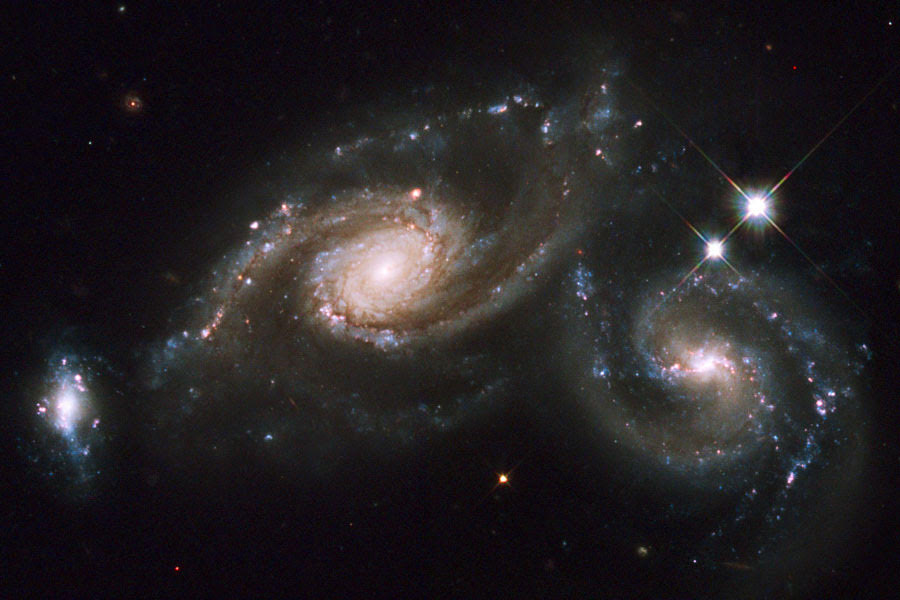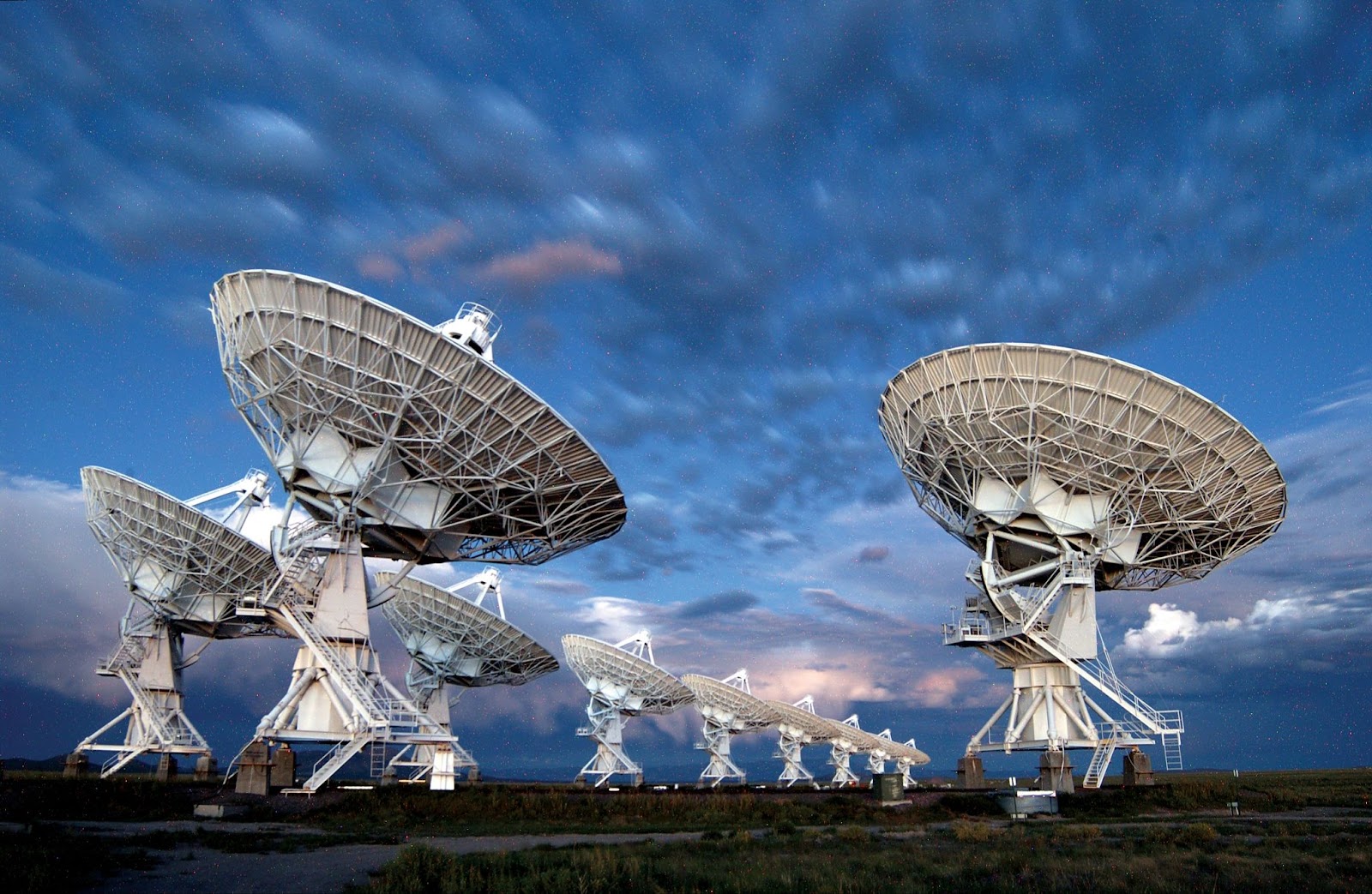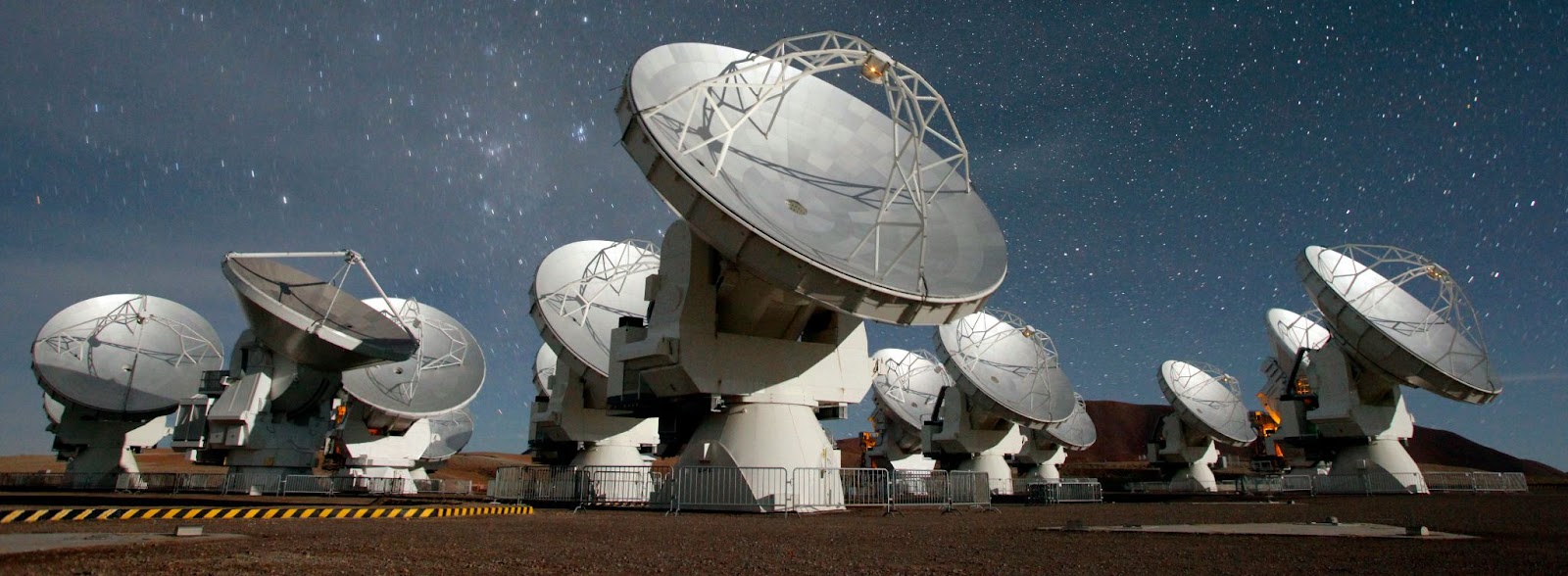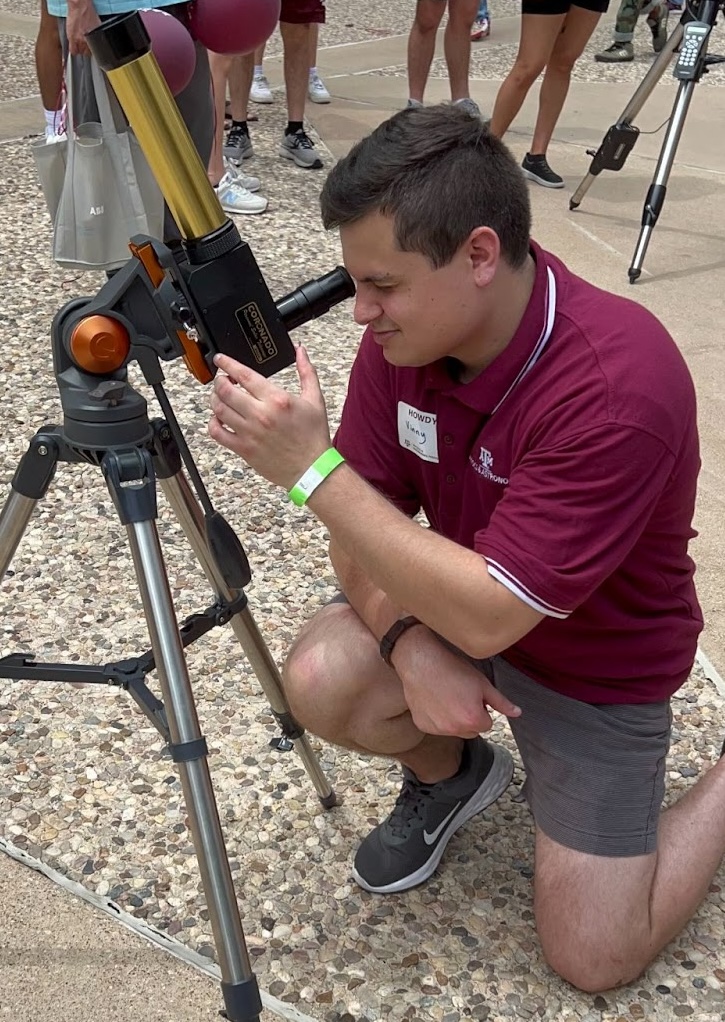research

My research interests focus on galaxy evolution across cosmic time, where I study the suppression of star formation via recently quenched galaxies over multiple wavelengths. My advisor at TAMU is Dr. Justin Spilker and I'm also a member of the SQuIGGLE team!
Quenching via Tidal Gas Removal in Massive PSBs
Early on in grad school I joined the SQuIGGLE (Studying Quenching in Intermediate-z Galaxies: Gas, Angular Momentum, and Evolution) collaboration, which constructed a large survey of massive galaxies that have recently quenched, known as post-starburst galaxies (PSBs), at redshift ~ 0.7. SQuIGGLE uses multiwavelength observations to study the physical mechanisms of quenching.
My first paper (submitted to ApJ) involved the study of two objects from a large ALMA followup campaign which has shown that high-z massive PSBs retain large cold gas reservoirs that rapidly vanish over the ensuing ~100 Myr after quenching. I investigated two PSBs using ALMA, VLA, and HST (one which has already shown that roughly 50% of its cold gas was ejected during a recent merger!), suggesting that the tidal removal of cold gas is a novel pathway for star formation suppression.
Timing the Onset of Radio-Mode Feedback in High-Redshift PSBs with VLA
Another project I'm working on involves investigating when and how radio-mode AGN feedback begins in massive PSBs at this cosmic epoch. While these galaxies recently shut down star formation, they still retain cold molecular gas and even sometimes show signs of compact radio jets. We’re using deep VLA C-band imaging (VLA/22A-362) to trace faint AGN activity and spatially resolve radio jets or bubbles that might be heating the gas and preventing star formation from reigniting.
Young or Frustrated? Using the VLA to Test Jet Feedback in Recently Quenched Galaxies
I led a successful VLA proposal (VLA/24B-451) targeting four of the post-starburst galaxies at z ~ 0.7 that show clear compact radio jets, aiming to measure the ages of those jets and test their connection to quenching. The big question: are these jets young, just turning on after the galaxy quenched and playing a maintenance role—or are they old and "frustrated", trapped in a dense ISM and potentially involved in shutting down star formation in the first place? Using high-resolution, multi-frequency VLA imaging (3, 6, 10, and 15 GHz), we can apply spectral aging techniques to estimate the jet lifetimes and directly compare them to each galaxy’s star formation history.

Diffuse or Dense? Testing the Physical State of Cold Gas in Recently-Quenched Galaxies with ALMA
Post-starburst galaxies at z ~ 0.7 are weird: they’ve just shut off star formation, yet somehow still contain enormous molecular gas reservoirs. I led a successful ALMA Band 7 proposal (2024.1.01252.S) to follow up the most gas-rich members of the SQuIGGLE PSB sample with deep CO(5-4) observations. These mid-J lines are key to testing whether the gas is dense and actively forming stars (but deeply obscured), or diffuse and turbulent enough to be star-formation-inactive.

outreach
Astronomy on Tap, MAGIC, and others!
I am an active member in TAMU’s monthly Astronomy on Tap (AoT) chapter! Each month, I inform the audience of the recent happenings in astronomy as anchor of the In the News segment. In the past, I've intrigued the space-interested locals by running the event’s trivia session, too.
Within the physics and astronomy department at TAMU, I am a coordinator of MAGIC (Mentoring and Advising Graduates in an Inclusive Community), which is a collaborative graduate student-run program that helps students with the transition to graduate school. I have also co-led GLASS (Graduates Learning Astro and Soft Skills), another grad student-run program which provided fellow graduate students with tips on professional upkeep as well as coding tricks and tools.
I also like to participate in various other forms of outreach and community engagement, such as the Adopt-a-Physicist program as well as TAMU's Physics Festival which is attended by thousands from the local area! There's me below frustratingly trying to center an old H-alpha telescope on the Sun, allowing the public to get a view of its chromosphere :)

About

Hello! I'm Vinny, a third-year graduate student in astronomy at Texas A&M University (TAMU). I'm currently working with Justin Spilker and the SQuIGGLE colab studying the suppression of star formation, or 'quenching', in higher redshift post-starburst galaxies. My interests in astronomy primarily include galaxy evolution across cosmic time, mainly using data from radio telescopes like ALMA and VLA.
I'm also very active in mentoring and outreach for a variety of audiences, where my goal is to promote astronomy in an inclusive manner.
Get in touch at donofr19@tamu.edu!
CV
You can view my CV (last updated November 2025) by clicking the button below.
research
research
Text
This is bold and this is strong. This is italic and this is emphasized.
This is superscript text and this is subscript text.
This is underlined and this is code: for (;;) { ... }. Finally, this is a link.
Heading Level 2
Heading Level 3
Heading Level 4
Heading Level 5
Heading Level 6
Blockquote
Fringilla nisl. Donec accumsan interdum nisi, quis tincidunt felis sagittis eget tempus euismod. Vestibulum ante ipsum primis in faucibus vestibulum. Blandit adipiscing eu felis iaculis volutpat ac adipiscing accumsan faucibus. Vestibulum ante ipsum primis in faucibus lorem ipsum dolor sit amet nullam adipiscing eu felis.
Preformatted
i = 0;
while (!deck.isInOrder()) {
print 'Iteration ' + i;
deck.shuffle();
i++;
}
print 'It took ' + i + ' iterations to sort the deck.';
Lists
Unordered
- Dolor pulvinar etiam.
- Sagittis adipiscing.
- Felis enim feugiat.
Alternate
- Dolor pulvinar etiam.
- Sagittis adipiscing.
- Felis enim feugiat.
Ordered
- Dolor pulvinar etiam.
- Etiam vel felis viverra.
- Felis enim feugiat.
- Dolor pulvinar etiam.
- Etiam vel felis lorem.
- Felis enim et feugiat.
Icons
Actions
Table
Default
| Name |
Description |
Price |
| Item One |
Ante turpis integer aliquet porttitor. |
29.99 |
| Item Two |
Vis ac commodo adipiscing arcu aliquet. |
19.99 |
| Item Three |
Morbi faucibus arcu accumsan lorem. |
29.99 |
| Item Four |
Vitae integer tempus condimentum. |
19.99 |
| Item Five |
Ante turpis integer aliquet porttitor. |
29.99 |
|
100.00 |
Alternate
| Name |
Description |
Price |
| Item One |
Ante turpis integer aliquet porttitor. |
29.99 |
| Item Two |
Vis ac commodo adipiscing arcu aliquet. |
19.99 |
| Item Three |
Morbi faucibus arcu accumsan lorem. |
29.99 |
| Item Four |
Vitae integer tempus condimentum. |
19.99 |
| Item Five |
Ante turpis integer aliquet porttitor. |
29.99 |
|
100.00 |




